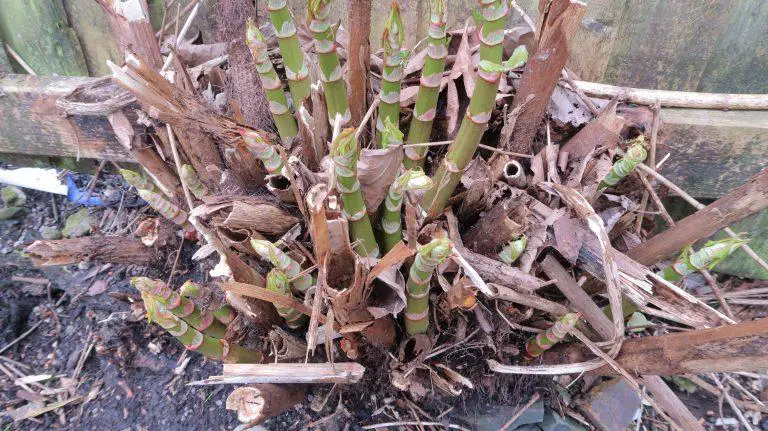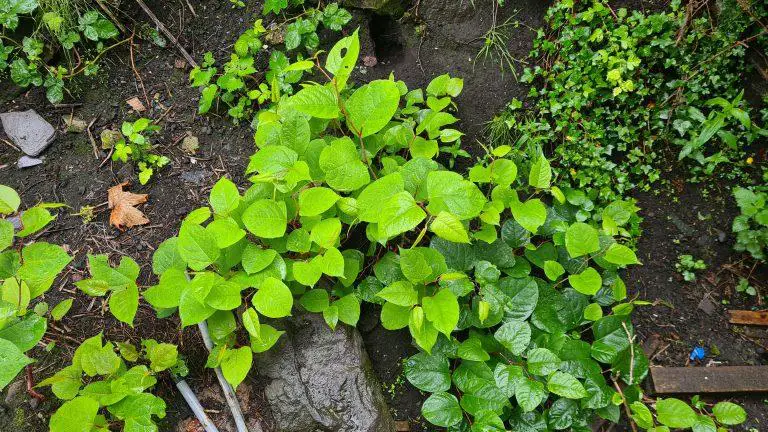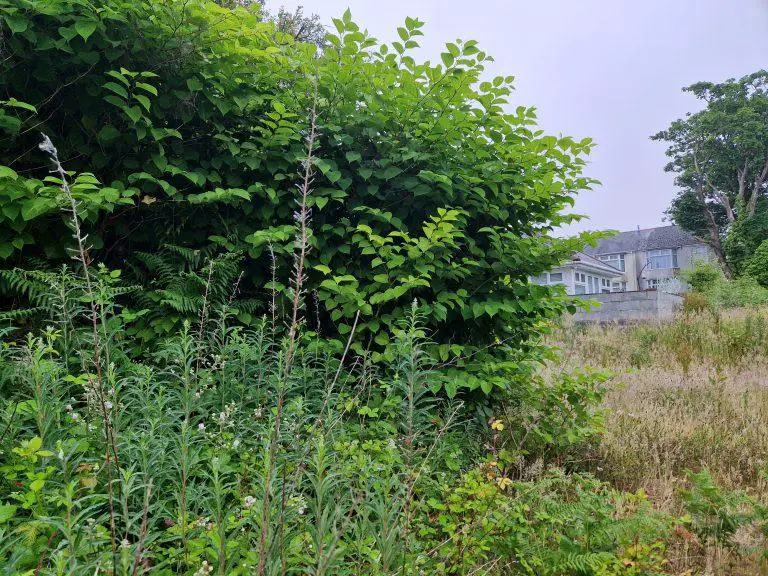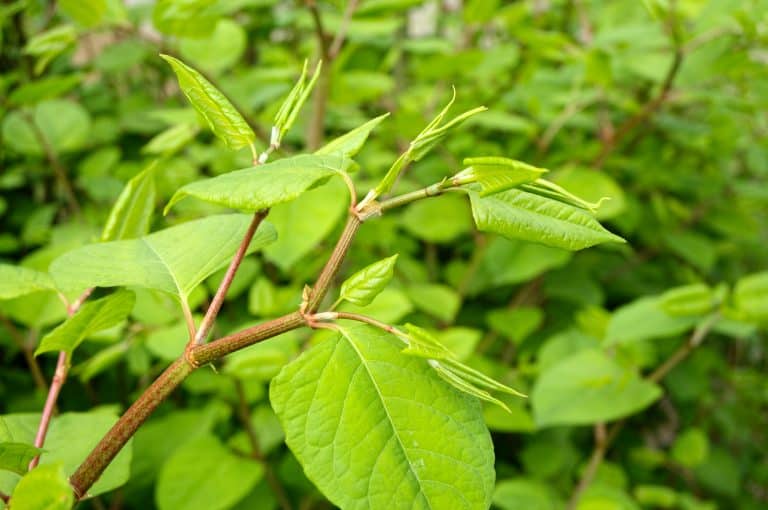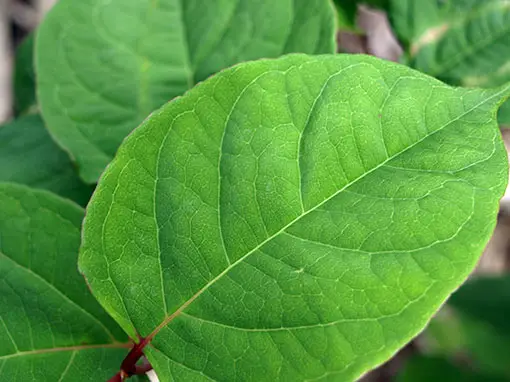The Japanese knotweed damage has been an uninvited guest in the UK since the 1950s and, in its wake, has been spreading like wildfire all the way through gardens, and domestic and commercial settings with no remorse.
The ferocity of the Japanese knotweed damage is highly extensive to property, buildings, and gardens if not controlled at the early stages of its growth. To this end, the subsequent segment of this article will unravel the various forms of damage that Japanese knotweed can cause.
Japanese knotweed damage to property
The mere presence of the Japanese knotweed near a house is hazardous to the structure since the weed tends to exploit tiny places, especially around the joints and weak cracks, to penetrate through.
The effect of this marauding nature of the weed is that as the roots and rhizomes of the weed force their way through, the structure eventually weakens and will require constant repairs lest the building collapses in the long run.
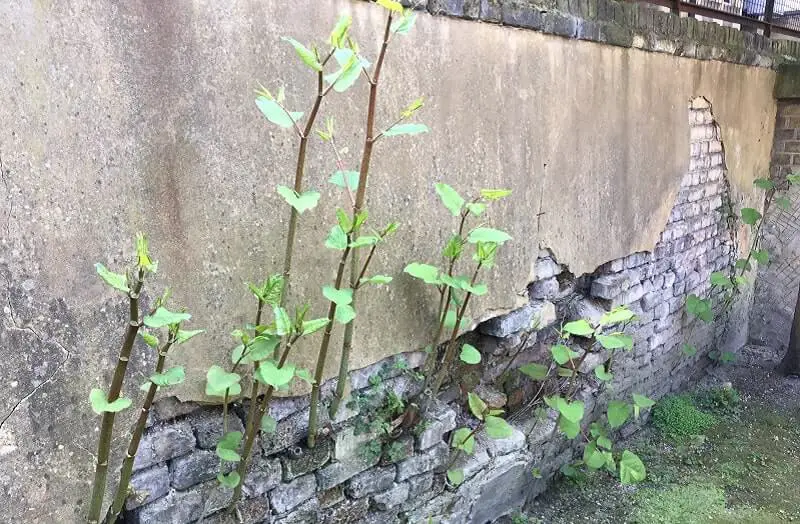
Japanese knotweed damage to drainage pipes
Considering that just like any other plant, the Japanese knotweed needs moisture/water and sunlight.
This natural element makes the weed more treacherous in its quest to seek moisture. Therefore, where the Japanese knotweed is found growing in drainage pipes, it is highly likely to find that its roots and rhizomes have led to clogging, blocking, and even complete damage to such pipes.
Notably, the Japanese knotweed damage is reserved for the drainage pipes and extends to other underground infrastructures ranging from water pipes, electrical underground cabling, etcetera.
Japanese knotweed damage to flora and fauna
While the Japanese knotweed damage is vastly on the ground, its effect above it cannot go unsaid.
Naturally, the aerial cover of this weed can become very dense and impenetrable while covering large pieces of land and impeding the natural growth of flora and fauna beneath the weeds. Hence, where the cover is very dense, it is safe to say such an area becomes wasted land.
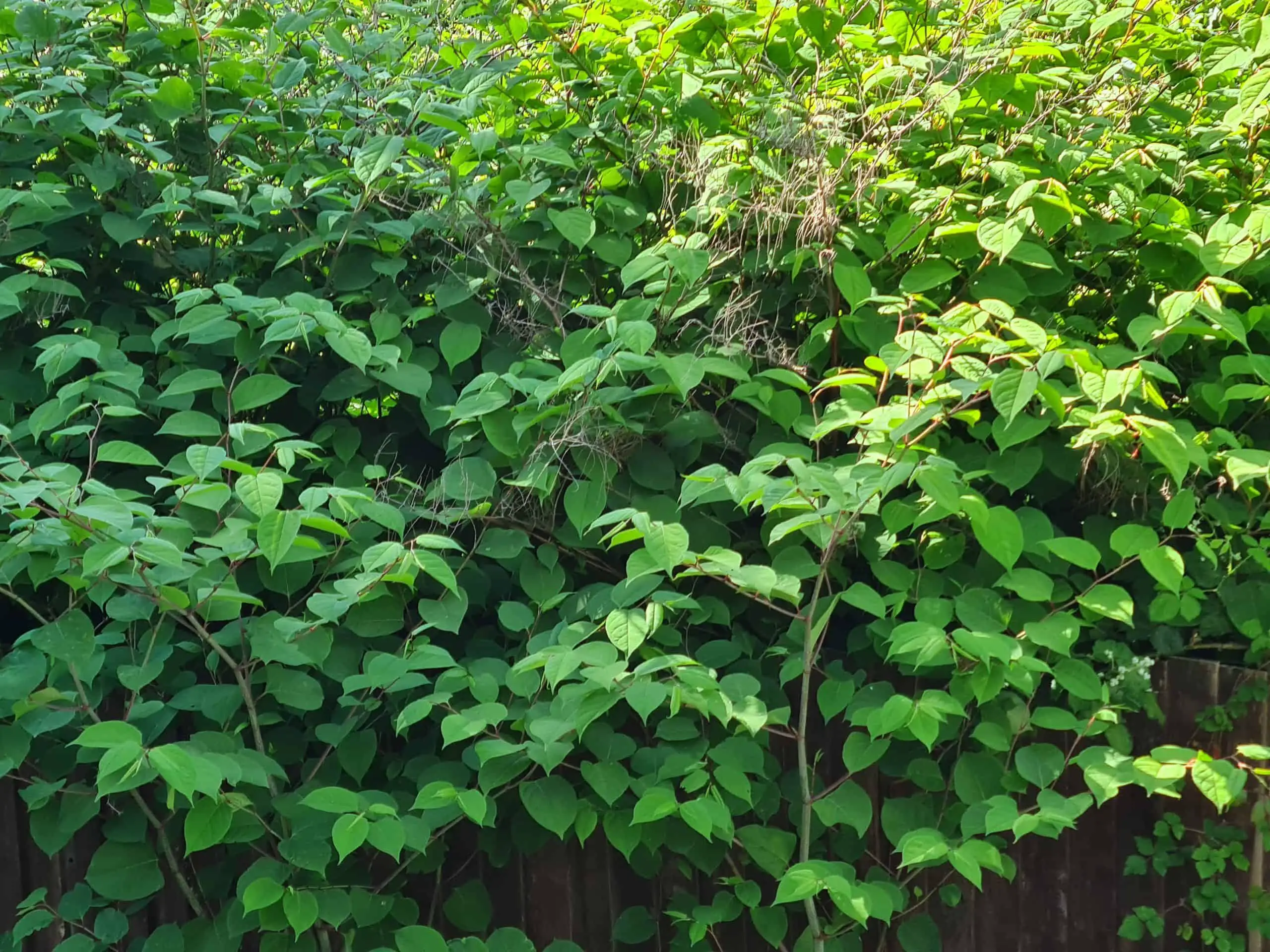
Reduction of usable space
The dense growth of the Japanese knotweed can easily lead to reduced sizes of play areas or even gardens. The weed can grow up to 12 feet high and, as such, can become a menace when its leaves grow large.
This essentially means that property owners are in danger of losing the right to the enjoyment of peaceful, serene, and quiet property.
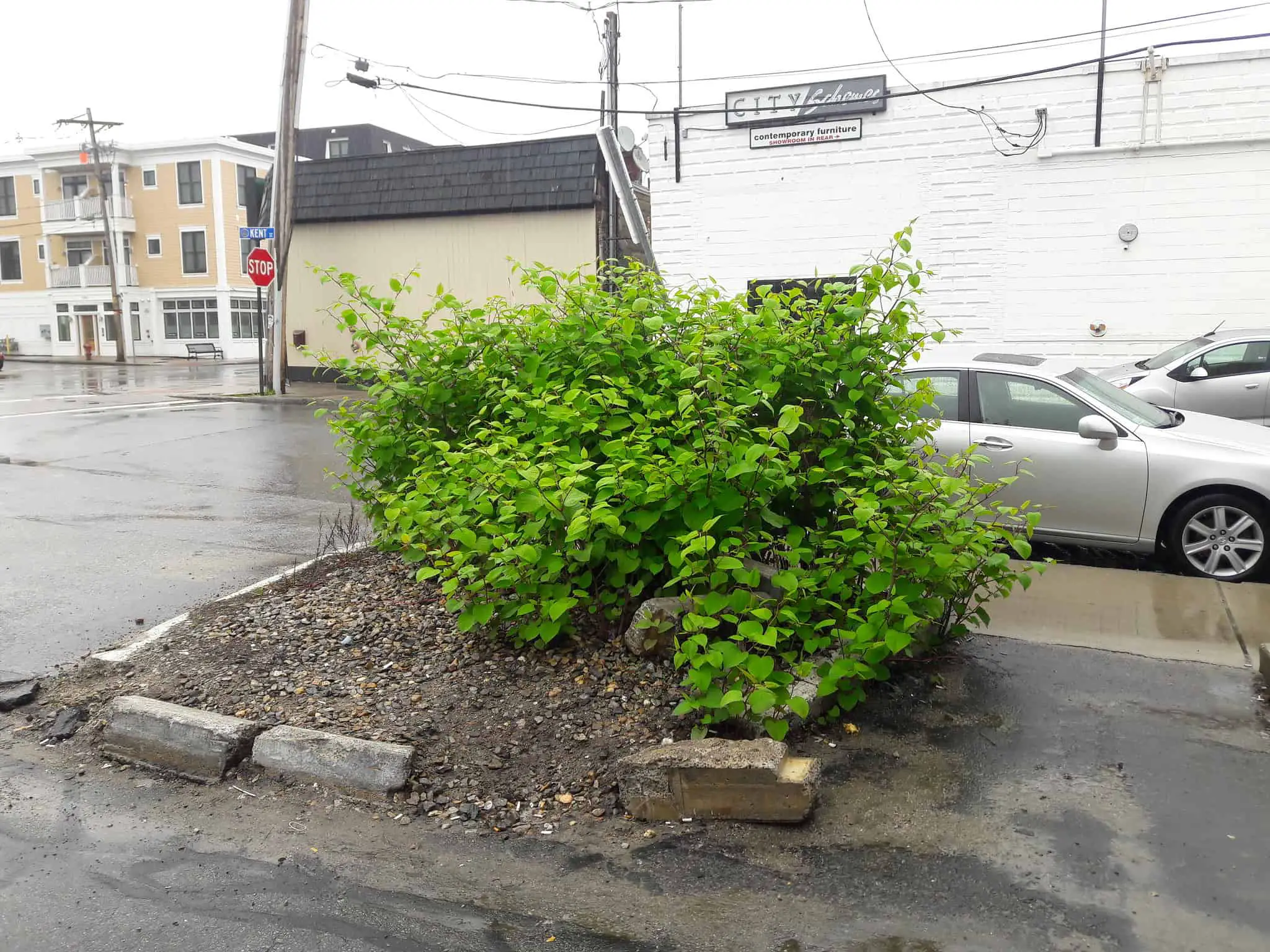
Japanese knotweed damage to driveways, pathways, and patios
The weed can grow in between the spaces, forming paves and driveways.
Although the damage may not at first be extensive if left unattended, this may lead to the expansion of the joints of the concrete and eventually result in serious damage.
In extreme cases, the weed can completely block such facilities’ usage. There are various causes of the Japanese knotweed lifting asphalt; thus, we cannot undermine its damage.
Japanese knotweed damage to walls, boundaries, and fences
Considering that the Japanese knotweed, once fully grown especially from the ground up, can become very heavy, it can easily overwhelm lightweight garden walls and fences, especially where the foundations are not so strong or poorly constructed.
Therefore, the mass and weight of the weed can lead to the sudden collapse of such weak walls and fences.
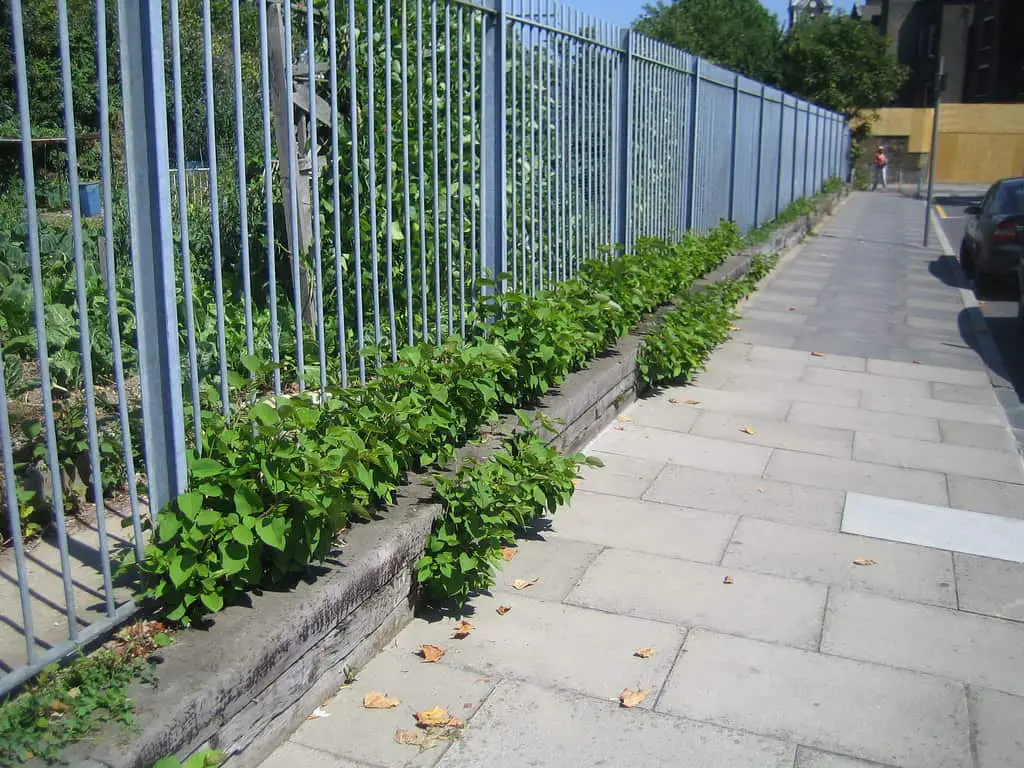
Japanese knotweed damage to property value
Normally, as a rule of thumb, the value of the property will appreciate based on the maintenance afforded to it and the nature of the surrounding environment, amongst other things.
However, studies show that in areas where the Japanese knotweed is vastly present, the value of the property in and around such an area greatly depreciates based on the invasive nature of the weed and the unprecedented damage that is likely to result.
Considerably, very few people will invest in a property that does not guarantee good serenity, peace, and quiet free of invasive weeds.
Noting that the weed is dangerous to both the building and the environment within, this aspect greatly contributes to the depreciation of property investments around an area affected by the weed.
Additionally, there are many emerging cases of mortgage lenders being overly reluctant to offer financial support to purchasers intending to buy such properties under the Japanese knotweed attack, which makes it extremely hard to buy or sell such houses.
Japanese knotweed damage on the interior of a building
Remarkably, the fact that the Japanese knotweed can creep through tiny spaces in between walls or even open spaces of a building leads to a greater problem of having to face the consequences of the weed inside the house.
The weed can ascent up the house walls, making the interior unpleasant and uninhabitable if not dealt with urgently. The weed has also been known to enter the chimneys of a house and climb outside, searching for sunlight.
This poses the danger of the chimney being completely blocked and inaccessible.
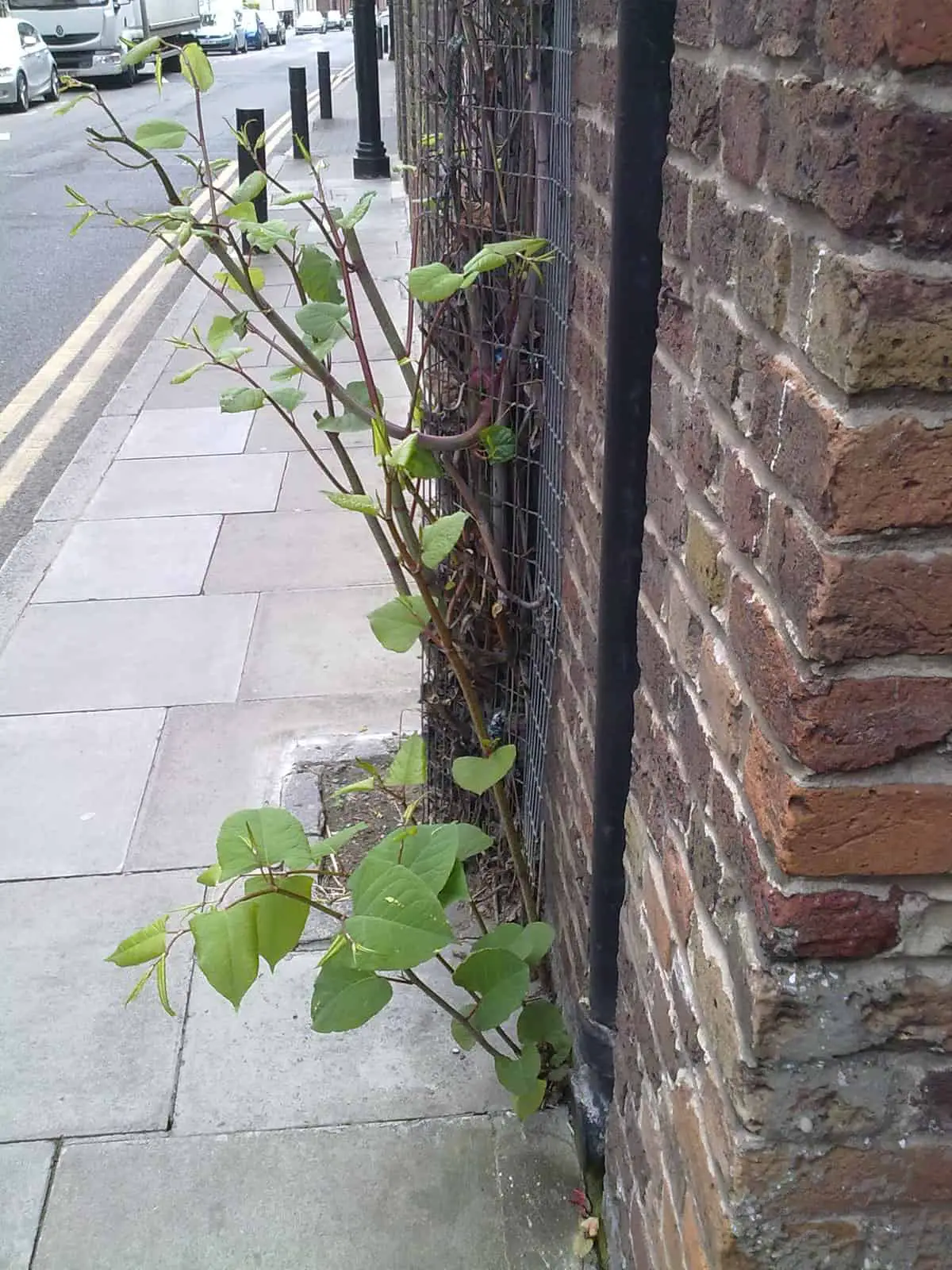
Japanese knotweed damage to biodiversity
The Japanese knotweed has been known to drive out native vegetation that has been in existence in a certain place due to its aggressive nature and dense cover once it becomes widespread in such an area.
This, in return, can lead to vast effects on the ecosystem of a place; for instance, the dense Japanese knotweed cover leads to the shedding of leaves of small plants, thus endangering their existence.
There are also cases where due to the Japanese knotweed in an area of large sizes, small streams have vanished.
Conclusion
The Japanese knotweed damage to property, buildings, gardens, and the natural environment has short-term and long-term effects that may be irreparable if not resolved at the earliest possible stage.
Importantly, the best way to do away with some of these damages is to constantly conduct repairs, especially to property, and also to take the necessary steps to eradicate the Japanese knotweed from the area of growth.
Want to know more about Japanese Knotweed damage?
Knotweed Removal aims to provide the most up-to-date information, help and advice for YOU to make informed decisions. If you are unsure or uncertain about how to proceed, please reach out to us and we will gladly come back and advise you as best we can.
Governmental advice can be found here and the UK law covering the removal of Japanese Knotweed as stated under the Wildlife and Countryside Act 1981 can be found here.
The best means to contact us is via our email – hello@knotweedremoval.tips
Do not forget we have a library of blogs covering many areas relevant to Japanese Knotweed, our free downloadable How-to Guides and Product Reviews on the latest methods being employed to eradicate or remove Japanese Knotweed.
Knotweed Removal, UK

